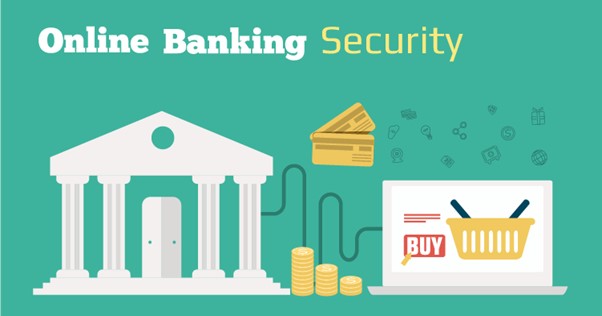Search
The Do’s and Don’ts of Online Banking
October 31, 2017

While online banking products such as Internet Banking, Credit Cards, Debit Cards, etc. have their advantages, a user must be careful when sending or receiving the payments in the wake of online frauds and identity thefts.
It’s the responsibility of the banks to advise their customers on the do’s and don’ts of online banking.
For instance, a user must:
1. Use High-Quality Anti-Virus/Internet Protection Software
A variety of online threats keep the security of a user under high risk. However, things like malware and phishing attacks can be largely kept at bay with the help of a robust anti-virus program.
2. Keep their Mobile’s Software Updated
For maximum security, a user must keep their smartphone’s operating system and mobile banking apps up to date. This is because these companies frequently release updates or patches that protect their data from emerging hacking practices and methods.
3. Pick a Strong Password
It’s important that a user picks a strong password for their online banking accounts. Ideally, it should use uppercase as well as lowercase alphabets and include a number as well as a special character such as “!”, “#”, etc. They must also develop a habit of changing the password from time to time.
On the other hand, a user must not:
4. Engage in Banking Activities when Using Public Wi-Fi
It’s much easier for hackers to bypass the security mechanisms of public wi-fi networks and hotspots than someone’s private network that they use at their home or office. So, one must avoid accessing their online banking accounts or initiate transactions through other similar means such as credit cards, mobile wallets, etc. with using public network connections.
5. Sign-in to Their Online Banking Accounts Via Mailers
Hackers often use fake mailers to steal a user’s login credentials. For this, they send an email while posing as if they are from the genuine bank of the user and then ask them to log in to their account using a link given in the email. When the user enters their login credentials, these details are forwarded to the hackers and used to initiate unauthorized transactions from their accounts.
A user, thus, must always access their accounts by entering the website address directly into the browser.
To prevent financial losses and enjoy safe online banking, every user must learn these practices and apply them as well. Of course, banks must also do their bit by creating awareness about these.
Important Links:
- Professional Diploma in Banking and Financial Services: https://ask.careers/courses/professional-diploma-in-banking-management/
- Mumbai: https://ask.careers/cities/mumbai/
- TSCFM: https://ask.careers/institutes/tscfm/



